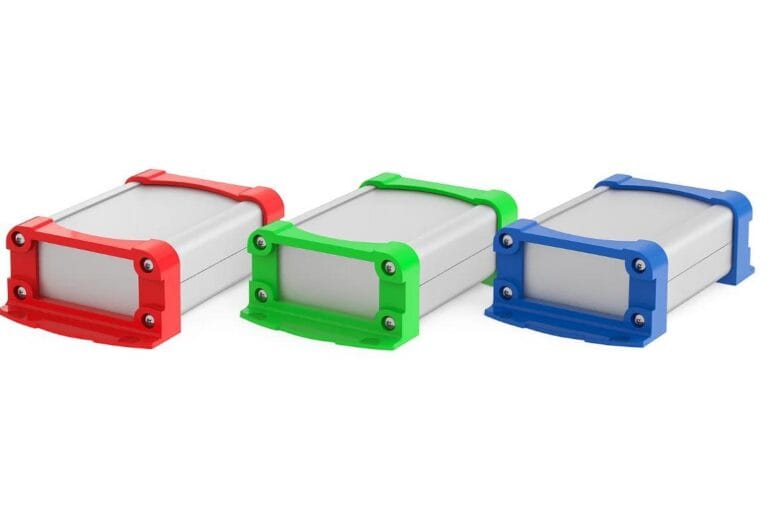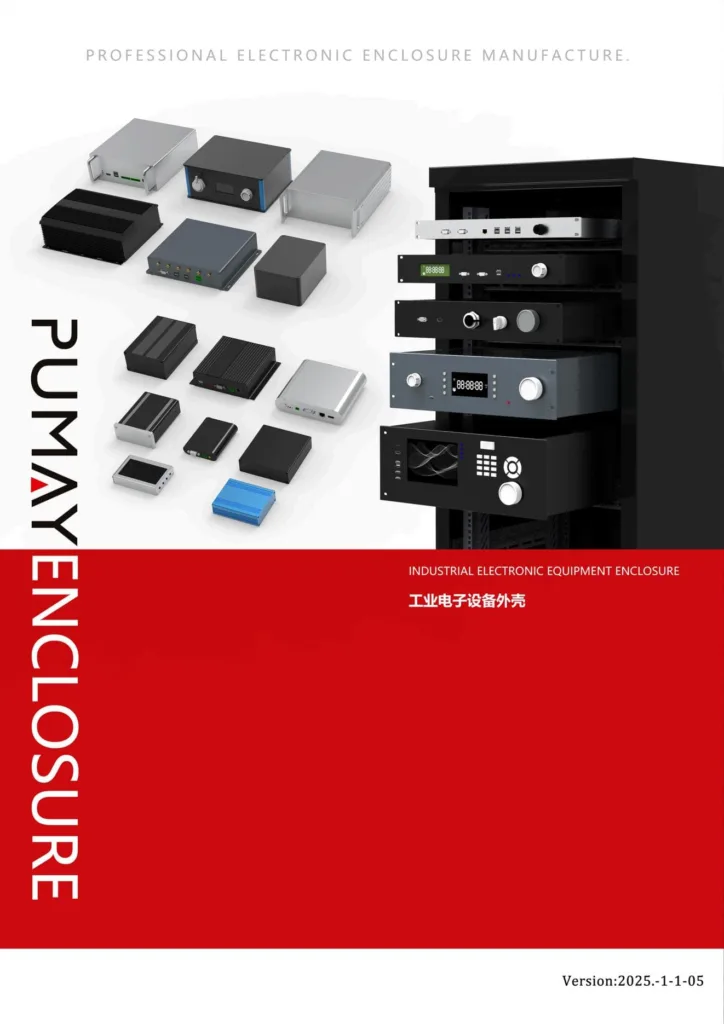Are you overlooking shock resistance in your enclosure designs? A single drop or vibration can cause catastrophic failures, expensive repairs, and costly downtime[^1].
Shockproof aluminum enclosures[^2] ensure sensitive electronics withstand impacts, drops, and continuous vibration. This protection is critical for reliable operation in harsh industrial environments[^3], preserving equipment integrity and reducing maintenance costs.
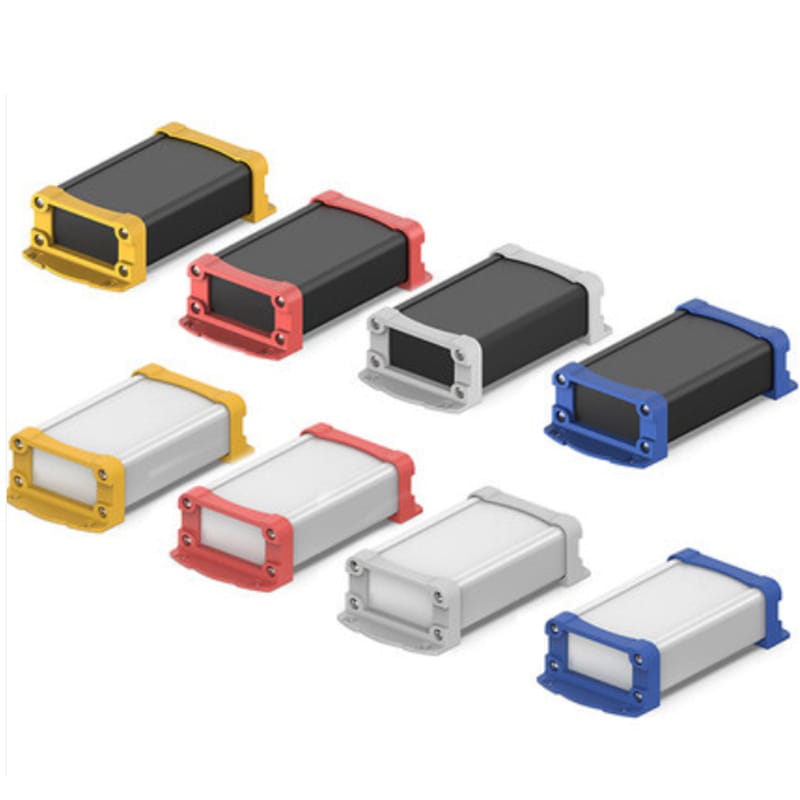
"Shockproof Design in Industrial Aluminum Enclosures"
I’ve encountered numerous projects where inadequate shock resistance led to significant equipment failures. Let's explore why shockproof design is essential and how you can achieve it effectively.
Why is shockproof design crucial for industrial aluminum enclosures?
Are your devices repeatedly failing due to shock and vibration? Ignoring shockproof design compromises device reliability, leading to frequent breakdowns and costly service disruptions.
Shockproof design protects internal electronic components from mechanical stress[^4], vibrations[^5], impacts, and harsh operational conditions typical in industrial settings, significantly enhancing product durability and reliability.
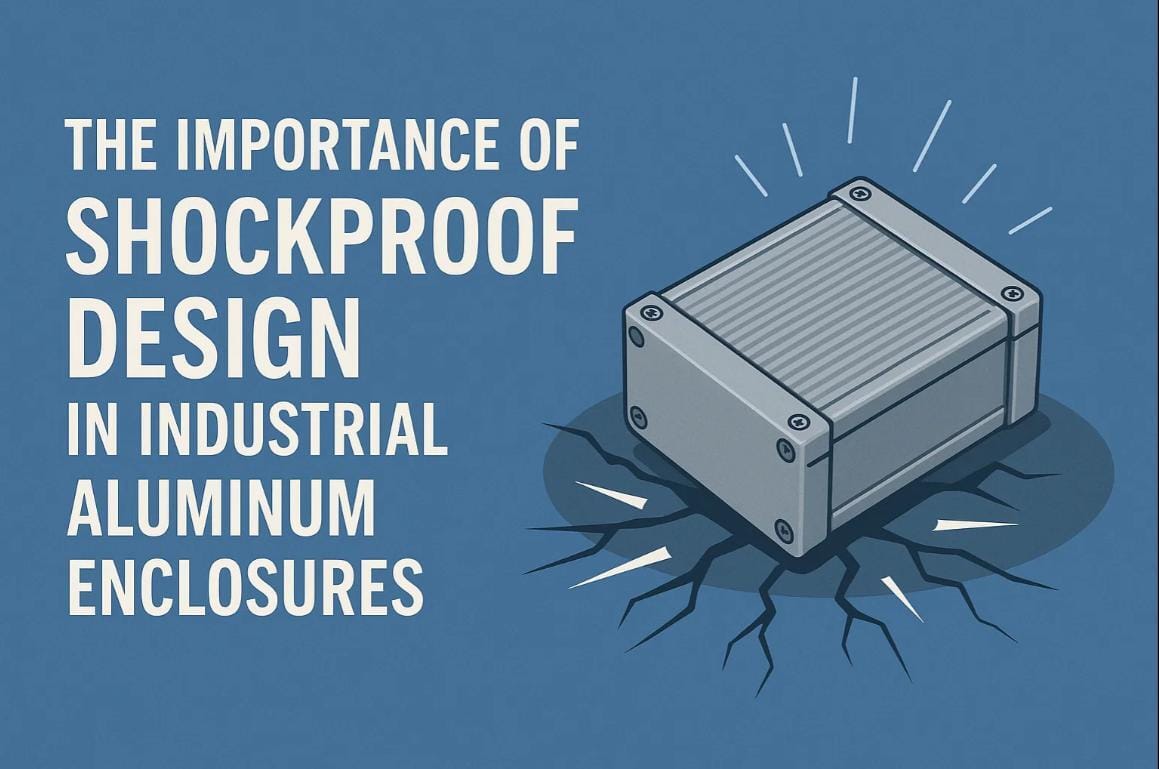 "Importance of Shockproof Industrial Aluminum Enclosures")
"Importance of Shockproof Industrial Aluminum Enclosures")
During my work with various industrial clients, I've observed equipment that initially functioned well but quickly deteriorated due to vibration or accidental drops. For example, industrial machinery, transportation equipment, or handheld instruments face constant mechanical stress. Aluminum enclosures without proper shockproofing can develop structural weaknesses or internal component failures, impacting productivity.
Shockproof design provides these benefits:
- Protects sensitive electronics from damage.
- Minimizes downtime and maintenance costs.
- Enhances the lifespan and reliability of devices.
Here's a clear comparison of shockproof versus standard designs:
| Factor | Shockproof Design | Standard Design |
|---|---|---|
| Reliability | High | Low-Medium |
| Maintenance Frequency | Low | High |
| Lifespan | Extended | Reduced |
What methods effectively achieve shockproof design?
Have you struggled with identifying the best ways to make your enclosure shock-resistant? Without clear methods, achieving effective shock protection can seem difficult.
Effective shockproof design uses robust aluminum thickness, internal ribbing[^6], shock mounts[^7], and careful internal component arrangement[^8] to distribute and absorb impact energy, protecting electronics reliably.
 "Methods for Effective Shockproof Design"
"Methods for Effective Shockproof Design"
I've found these methods especially successful in ensuring shock resistance[^9] in industrial enclosures:
- Thicker aluminum walls: Increase structural rigidity[^10], absorbing impacts without deformation.
- Internal ribs and braces: Distribute impact energy, preventing stress concentrations.
- Shock mounts and isolators: Absorb vibrations[^5] and shocks, minimizing transmission to electronics.
- Component layout optimization: Place sensitive electronics[^11] away from impact zones.
Here's a quick look at effectiveness and practicality:
| Method | Shock Protection | Design Complexity | Cost Impact |
|---|---|---|---|
| Thicker Walls | High | Low | Moderate |
| Internal Ribbing | Medium-High | Moderate | Low-Moderate |
| Shock Mounts | High | Moderate | Moderate |
In my experience, combining thick walls with internal ribbing[^6] provides an optimal balance of cost, effectiveness, and ease of manufacturing.
How do shock mounts enhance the durability of industrial aluminum enclosures?
Wondering if shock mounts are worth the investment? Neglecting them could expose your sensitive electronics[^11] to continuous vibration damage.
Shock mounts isolate electronics from external vibrations[^5] and shocks, dramatically increasing durability and ensuring consistent device performance in challenging industrial environments.
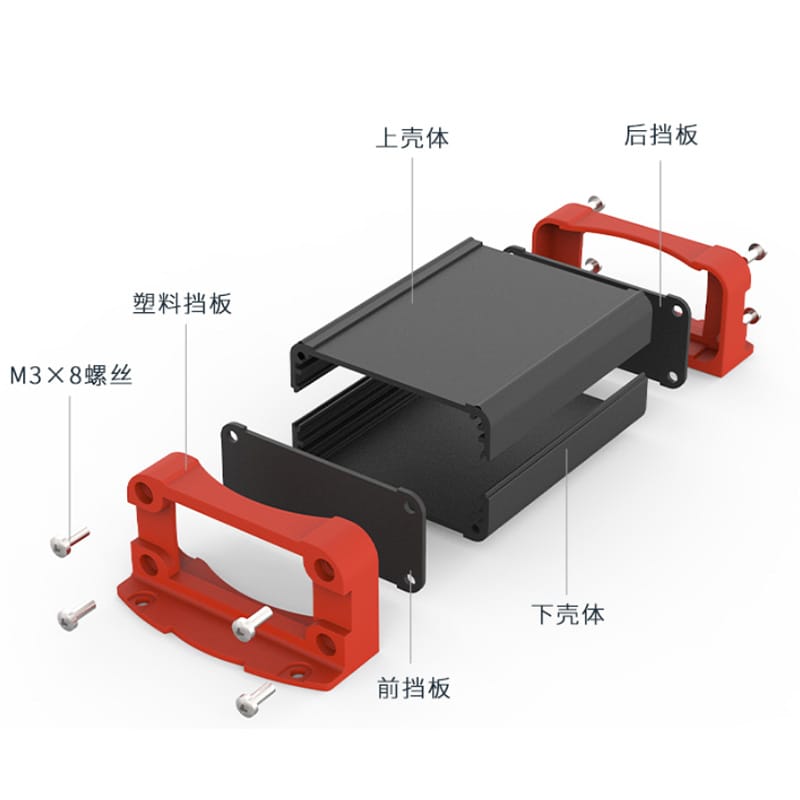 "Shock Mounts in Industrial Aluminum Enclosures")
"Shock Mounts in Industrial Aluminum Enclosures")
I've worked with industrial devices where introducing shock mounts immediately reduced component failures. Shock mounts typically consist of elastomeric isolators[^12] that absorb shock and vibrations[^5], protecting sensitive internal components. They prevent direct transmission of mechanical stress to delicate electronics, greatly extending their operational life.
Here's an overview of common shock mount types:
| Type | Effectiveness | Complexity | Typical Use |
|---|---|---|---|
| Elastomeric Isolators | High | Low | General Industrial |
| Wire Rope Isolators | Very High | Moderate | Military/Harsh Conditions |
| Spring Mounts | Medium-High | Moderate | Heavy Equipment |
Choosing elastomeric isolators is often the best practical solution, offering excellent performance at reasonable cost and simplicity.
How does shockproofing influence overall enclosure design?
Concerned that shockproofing could complicate your enclosure design? Neglecting to integrate shockproofing features early can lead to costly redesigns and increased production time.
Shockproofing considerations influence enclosure design by requiring careful component placement, reinforcement structures, thicker materials, and internal space management, ensuring the overall product is robust and reliable.
 "Influence of Shockproofing on Aluminum Enclosure Design")
"Influence of Shockproofing on Aluminum Enclosure Design")
In my experience, integrating shockproofing early simplifies the design process. It encourages careful planning of internal component arrangement[^8], optimal use of reinforcement, and efficient use of internal space. Ignoring shockproofing until later stages leads to costly redesigns, complex assembly processes, or ineffective protection.
The key aspects impacted include:
- Component Layout: Arrange components to reduce stress during impacts.
- Material Selection: Choose materials and thicknesses that absorb and distribute energy effectively.
- Internal Reinforcement: Plan internal ribs and braces strategically.
This integration process, though requiring careful consideration upfront, streamlines design efficiency, saves cost, and enhances product durability[^13].
Conclusion
Implementing shockproof design in aluminum enclosures is critical to protect electronics from mechanical stress[^4]es, enhance reliability, and minimize maintenance, making it essential for robust industrial applications.
---
[^1]: Find out how implementing shockproof design can minimize downtime and maintenance costs.
[^2]: Explore how shockproof aluminum enclosures can protect sensitive electronics and enhance reliability in harsh environments.
[^3]: Discover the specific challenges faced by electronics in harsh environments and how to overcome them.
[^4]: Gain insights into mechanical stress and its impact on electronic components in industrial settings.
[^5]: Explore the effects of vibrations on industrial equipment and the importance of shockproofing.
[^6]: Understand how internal ribbing can distribute impact energy and enhance enclosure durability.
[^7]: Learn about shock mounts and their role in isolating electronics from vibrations and shocks.
[^8]: Find out how optimal internal component arrangement can enhance shock resistance in enclosures.
[^9]: Understand the significance of shock resistance in preventing equipment failures and costly repairs.
[^10]: Learn how structural rigidity contributes to the effectiveness of shockproof designs.
[^11]: Learn why protecting sensitive electronics is crucial for maintaining device performance and longevity.
[^12]: Discover the advantages of elastomeric isolators in protecting sensitive electronics from shocks.
[^13]: Discover the key factors that enhance product durability in industrial enclosure designs.
